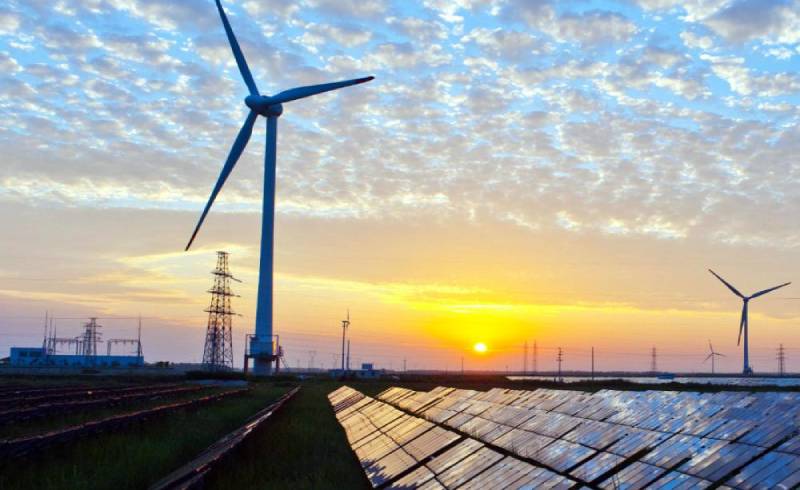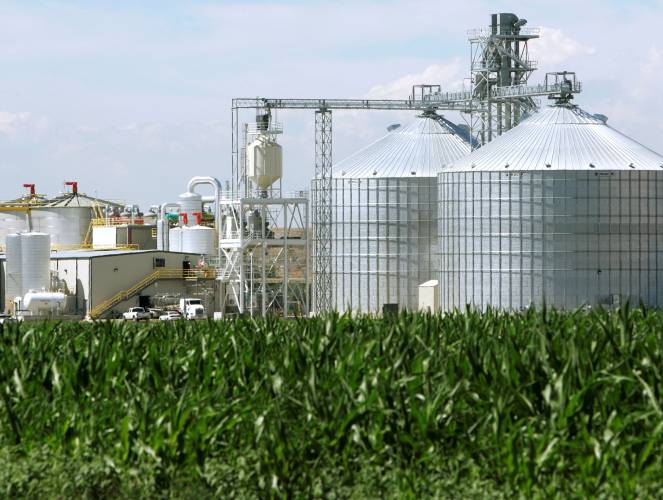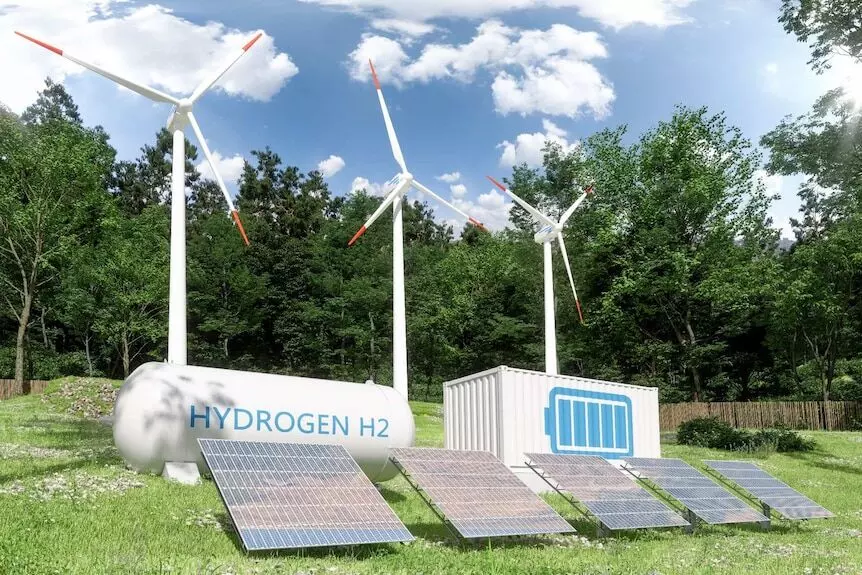In the backdrop of global climate change, India has committed itself to achieve the 500 gigawatts (GW) of clean energy capacity target by 2030. Being ranked 3rd in the renewable energy country attractive index in the year 2021, India is promptly striving towards achieving its goal of building a sustainable future.
The country offers an investment opportunity of $223 billion with renewable energy projects in the pipeline. It is heartening to note that in recent years investments in the renewable energy sector has exceeded those in conventional fuel-based projects.
The Centre along with public and private sector companies, are committing themselves to adopt clean energy practices and also adopt strategies that make ESG central to their businesses. Policies like the PLI scheme for renewable energy, manufacturing incentives for the solar sector and preferential tariffs to ensure financial viability of renewable energy projects have been introduced. The country is now taking a lead in Innovation with successful tendering of RE projects.
Considerations like solar wind hybrid, peak power through renewable energy, round-the-clock power, floating solar, renewable plus battery storage – these are becoming mainstream. The implementation of the green hydrogen policy, recently announced by the government, will give a further push to the sector.
The country has also committed itself to the nationally determined contributions. It has targeted the reduction of emission intensity of its Gross domestic product (GDP) by 33-35 percent by 2030 from 2005 levels and 40% power installed capacity from non-fossil fuel sources by 2030.
India is now home to some of the largest solar and wind projects. The country is now taking a lead in Innovation with successful tendering of renewable projects, which will pay huge dividends in the years to come and provide a strong, self-reliant foundation for India’s growth story.
Initiatives taken by the Government
In its bid to promote the use of non-conventional sources of energy, Ministry of New and Renewable Energy (MNRE) has set a target of achieving 500 GW of installed renewable energy capacity by 2030. The government is taking a number of efforts to boost the country’s renewable energy industry, including pushing private sector developers to use advanced technologies in renewable energy projects to get the most energy out of them. The majority of renewable energy projects in the India were being carried out by private sector developers selected through a transparent bidding procedure.
The Central government has released standard bidding criteria to help distribution licensees get power at competitive prices in a cost-effective way. It also is assisting developers by authorising up to 100 percent Foreign Direct Investment (FDI) through the automatic method.
Moreover, to meet the 175 GW target, Inter State Transmission System (ISTS) charges and losses for inter-state sale of solar and wind power are also waived for renewable projects commissioned by December 2022. The norms and guidelines for the Renewable Purchase Obligation (RPO) have been set prescribed till 2022. The grid integration of utility-scale renewable energy capacity addition shall be aided by the development of Green Energy Corridors.
The Centre has launched PM-KUSUM, solar rooftop phase II, 12,000 MW Central Public Sector Undertaking (CPSU) scheme Phase II, among other initiatives for the better future of renewable energy in India.
India’s current situation
As the third largest electricity producer, India’s energy sector has always faced scrutiny, with high carbon emissions demanding attention. Its reliance on coal as a primary source and imported oil as a secondary source of electricity create formidable sustainability hurdles. Additionally, with the impact of the COVID-19 pandemic weighing heavily on India, interventions and government policies to align with the Sustainable Development Goal 7 (SDG7) have been necessary.
In response, the Central government has initiated programs facilitating sustainable energy transitions. Economic opportunities incentivizing projects have helped India make transitions to clean energy. In August 2022, the cabinet approved a national plan to increase its commitment to reducing the emissions intensity of its GDP by 45%. The numerous stakeholders have applauded this move, especially given its adoption of industry-standard recommendations to achieve net zero emissions. Also, the government has mandated a better and more efficient transport system with plans to support its operations with renewable energy.
The Centre should ensure that power producers comply with new emission standards by 2022 for India to meet its emission targets. Such sentiments stem from the opportunities and challenges identified in the Indian energy sector, particularly with the scale of investments in renewable energy. Additionally, national policies within the energy sector are shifting to accommodate the development of an efficient electricity market, creating extensive progress in achieving clean energy.
Conclusion
With a growing economy, the demand for energy from the commercial and industrial sectors is going to increase. Setting up new power plants is inevitably dependent on the import of highly volatile fossil fuels. Thus, it is essential to cater to the energy demand through judicious utilization of abundant renewable energy resources, such as biomass, solar, hydropower and wind energy. Apart from debating on the energy supply, renewable resources will help India in mitigating climate change.
Renewable energy has the capability to create many employment opportunities at all levels, especially in rural areas. With an emphasis on presenting the real picture of massive renewable energy potential, it would be possible to attract foreign investments to herald a Green Energy Revolution in India.




